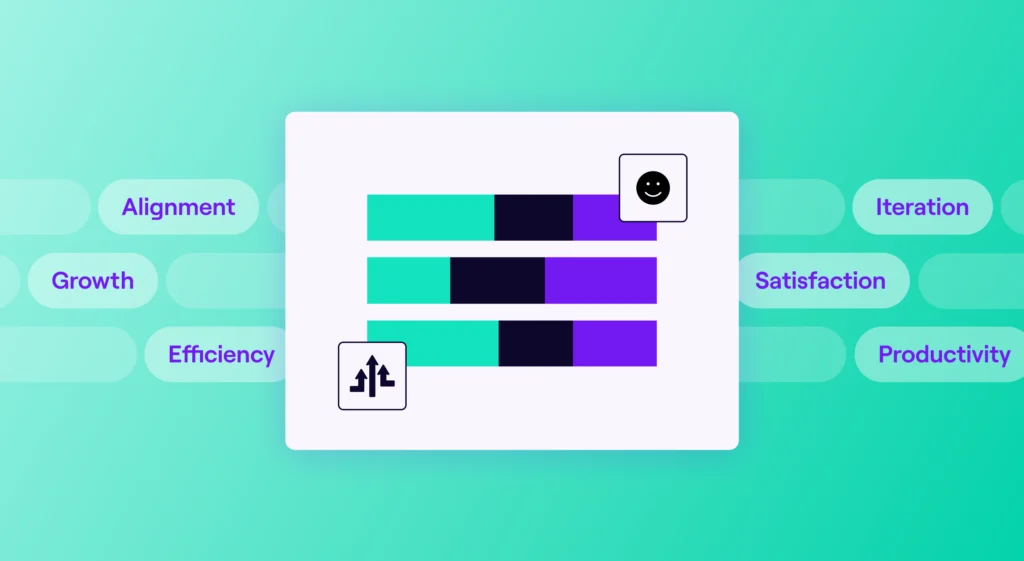Another day, another example of a company using a single metric to make firing decisions.
We get it, our economic reality has changed, and businesses need to figure out how to quickly become more efficient. In many cases, that means layoffs, as we’ve seen ripple across the tech landscape over the past several months. It’s unfortunate, but businesses need to make the decisions that are right for them. Arguing against layoffs, as honorable as it might seem, would be both blind and tone-deaf, and we’re not here to do that.
But what we’ve seen, time and again (Ex: Twitter and Salesforce.com) is that companies use certain named metrics to make blanket firing decisions on the engineering team, and that is a big mistake. You wouldn’t make any other business decisions based on a single metric – it could have devastating impacts. What’s becoming increasingly clear is that there is a gross misunderstanding at the management level of how to use the data at their disposal to lead, manage, and yes fire engineering teams.
Let’s discuss the two common failure modes we see these types of companies operating in.
Failure Mode 1: Hiring/Firing Based Solely on Metrics
The first failure mode is continuing to make hiring or firing decisions purely on the basis of a simple metric. It’s like driving your car by optimizing engine RPMs — it IS a measurable phenomenon about what’s happening in your car but is probably not the thing that most effectively helps you get where you want to be going, especially in isolation. Pick a metric like that and it’s instantly gamed, and you incentivize all kinds of nonsense that isn’t actually good for your business. As Goodhart’s Law states: when a measure becomes a target, it ceases to be a good measure.
Failure Mode 2: Engineers are artists, we must rely on gut
Other leaders have openly embraced treating engineers as ineffable, unmeasurable artists. In short, all decisions should be made by intuitive gut-level understanding and empathy because data is scary and dangerous. To be fair, we’re being hyperbolic for effect, but the point still stands. This is like driving a car while willfully blocking off all your dashboard gauges and information — not a good way to respond to changing or unfamiliar driving situations, and it’s a recipe for bad choices.
What Being Data-Informed Really Means
So what’s the path that is neither failure mode? It’s being data-informed: measure things so you have quantifiable objective information, can see changes, and don’t rely on intuition to tell you whether the car is going the speed you want it to. But also embrace your job as a driver. Look at all this data, and use it as the starting point to ask questions, dig in, and make decisions.
We don’t know enough about the business context of Salesforce to second guess whether cutting headcount in engineering is a good or bad idea for their long-term health as a business. But we do know that if they do need to cut back, they can probably do a much better job of using data to decide how and where to cut. And of course, they need to make sure they’re preserving the right teams with the right balance of people that they need, rather than stack ranking folks by a number of code check-ins.







